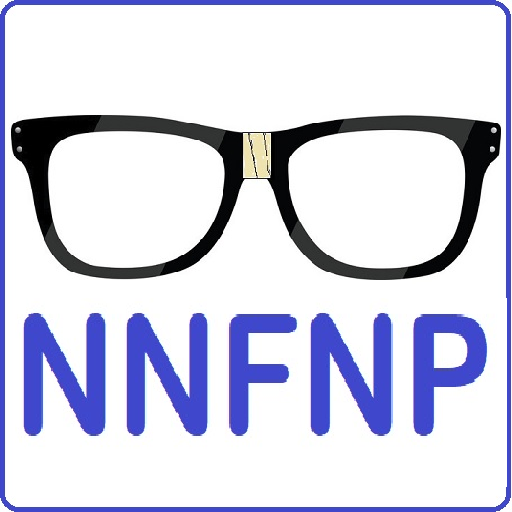A Simple Explanation of the World Wide Web

In the age of the internet, the term “World Wide Web” has become a fundamental part of our daily lives. We use it for work, entertainment, communication, and more, but have you ever wondered what it actually means? In this article, we will take you on a journey to explore the world of the World Wide Web, breaking down its core concepts and explaining it in simple terms.
What is the World Wide Web?
The World Wide Web, often abbreviated as the Web, is a vast network of interconnected digital documents and resources that are accessible over the internet. It is not the internet itself but rather a subset of it, comprising web pages, images, videos, audio files, and other multimedia content that you can access through web browsers.
Key Components of the World Wide Web
- Web Pages: At the heart of the World Wide Web are web pages. A web page is a document written in a language called Hypertext Markup Language (HTML), which contains text, images, links, and other multimedia elements. These pages are hosted on web servers, computers dedicated to storing and serving web content.
- Hyperlinks: Hyperlinks, or simply links, are the building blocks that connect web pages to each other. They appear as highlighted or underlined text or images on a web page. When you click on a link, your web browser takes you to another web page, either on the same website or a different one. This interconnected structure forms the basis of the Web’s vast network.
- Web Browser: A web browser is software that allows you to access the World Wide Web. Popular web browsers include Google Chrome, Mozilla Firefox, Microsoft Edge, and Safari. When you type a web address (URL) into your browser’s address bar or click on a link, the browser sends a request to the corresponding web server, which then sends back the requested web page for you to view.
How the World Wide Web Works
- Request and Response: When you enter a web address in your browser or click on a link, your browser sends a request to the web server hosting the desired content. The server processes the request and sends back the web page to your browser, which then displays it on your screen.
- Uniform Resource Locator (URL): A URL is the address used to locate resources on the Web. It typically starts with “http://” or “https://” (for secure sites) followed by the domain name, such as “www.example.com.” URLs specify the exact location of a web page or resource, allowing your browser to retrieve the content from the appropriate server.
- HTML and Hyperlinks: Web pages are created using HTML, a markup language that structures the content and defines how it should appear on the screen. Hyperlinks within the HTML code connect various web pages together, enabling easy navigation from one page to another.
Conclusion
In conclusion, the World Wide Web is a powerful and interconnected network of digital information accessible through web browsers. It consists of web pages hosted on servers worldwide and connected through hyperlinks. The Web has revolutionized how we access and share information, making it an integral part of our daily lives. Understanding the basics of the World Wide Web can help us navigate this vast digital landscape with ease and make the most of the endless opportunities it offers.

